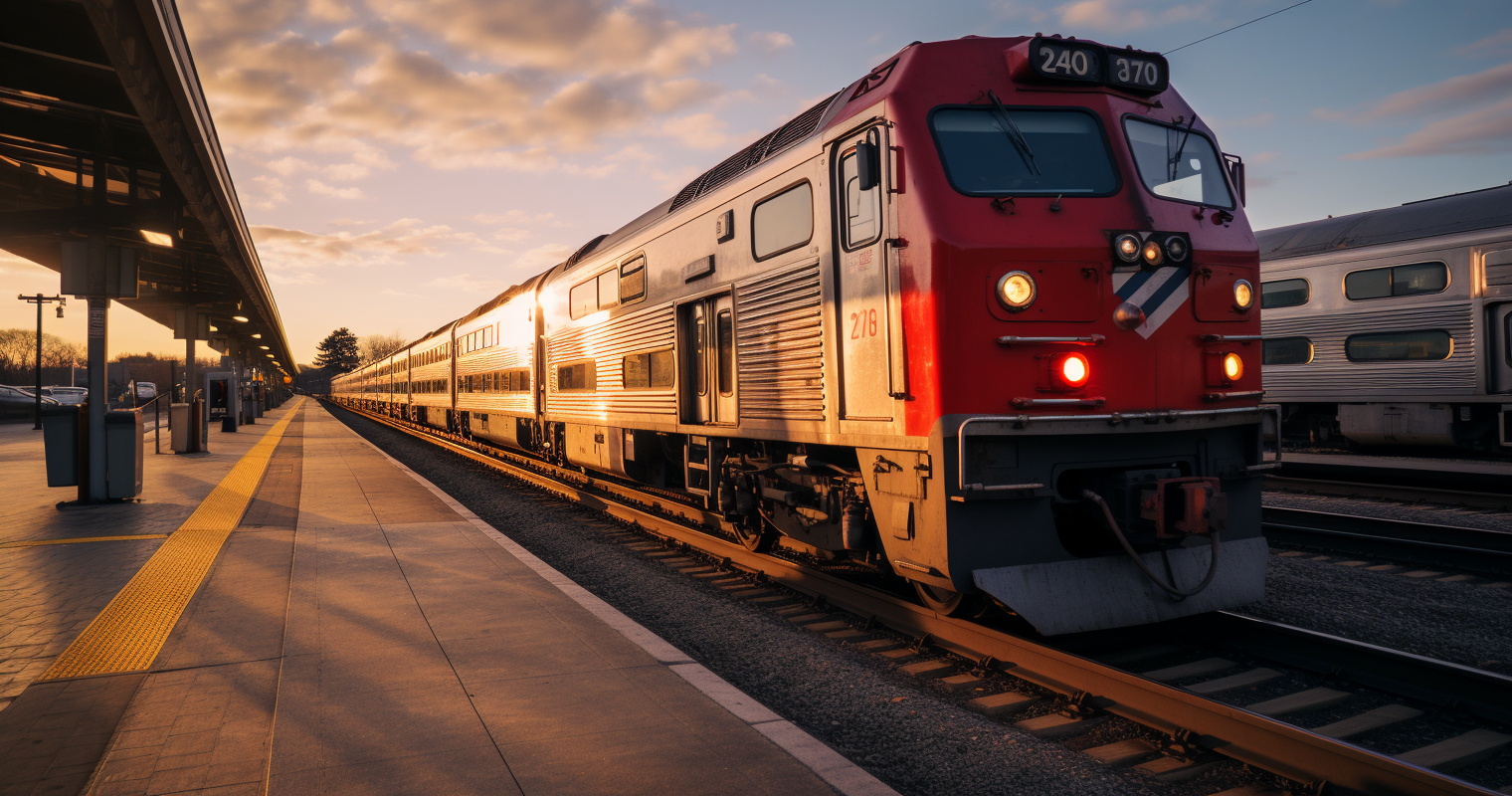Vietnam is a beautiful country that boasts a diverse landscape that stretches from the Mekong Delta to the highlands of Sapa. Rail travel in Vietnam is a great way to explore this beautiful country, with its vast network of railways connecting the major cities and towns.
The Overall Standard of Rail Travel in Vietnam
The standard of rail travel in Vietnam varies depending on the class of travel you choose. The Vietnamese railway system is operated by Vietnam Railways, a state-owned enterprise that provides rail services across the country.
The trains are generally clean, comfortable, and well-maintained. However, the level of comfort and amenities available will depend on the class of travel you choose.
Classes of Rail Travel in Vietnam
There are four classes of rail travel available in Vietnam: hard seat, soft seat, hard sleeper, and soft sleeper. The main differences between the classes are the level of comfort, the amount of space you have, and the number of people in your compartment.
Hard Seat
Hard seats are the most basic and least expensive class of travel available on Vietnamese trains. They are suitable for short journeys and are often used by locals. The seats are hard and uncomfortable, and there is no air conditioning.
Soft Seat
Soft seats are a step up from hard seats and offer a more comfortable journey. The seats are padded and there is air conditioning. They are more expensive than hard seats but are still affordable.
Hard Sleeper
Hard sleepers are suitable for longer journeys and are a popular choice for tourists. The compartments have six bunks, three on each side, and there is no door. The beds are hard and there is no air conditioning.
Soft Sleeper
Soft sleepers are the most comfortable and expensive class of travel available on Vietnamese trains. The compartments have four bunks, two on each side, and there is a door for privacy. The beds are soft and there is air conditioning.
Finding Information on Rail Timetables and Ticket Prices
You can find information on rail timetables and ticket prices on the Vietnam Railways website. The website is available in English and provides information on train schedules, ticket prices, and travel times.
You can buy rail tickets and make reservations at train stations across the country or online through the Vietnam Railways website. You can also buy tickets from travel agencies or hotels. However, it is recommended to buy tickets in advance as trains can fill up quickly, especially during peak travel times.
Contact Details of Companies Offering Timetable and Ticket Info
- Vietnam Railways: https://www.vr.com.vn/en
Types of Rail Tickets Available and Discounts
There are different types of rail tickets available in Vietnam, including one-way tickets, return tickets, and open tickets. One-way tickets are for a single journey, return tickets are for a round-trip, and open tickets allow you to travel between two destinations with the flexibility to choose your travel dates.
Rail ticket discounts are available for children, students, and seniors. Children under 6 years old travel for free, while children aged 6-9 years old receive a discount. Students and seniors are also eligible for discounts with proper identification.
Accessibility for Disabled Passengers
The rail network in Vietnam is not the most accessible for disabled passengers. Many of the stations and trains do not have facilities to assist disabled passengers, such as wheelchair ramps or accessible toilets. However, some of the newer trains have been designed with accessibility in mind and have designated areas for disabled passengers.
It is recommended that disabled passengers contact Vietnam Railways in advance to request assistance and make sure they are traveling on a train with appropriate facilities.
Underground Trains or Metros in Urban Areas
There are underground trains, or metros, in some urban areas in Vietnam. The largest metro system in Vietnam is in Ho Chi Minh City, which is also known as the Saigon Metro. The first line of the Saigon Metro, Line 1, is currently under construction and is expected to be completed in 2026. The line will run from Ben Thanh Market to Suoi Tien Theme Park and will have a total of 14 stations.
The standard of service on the Saigon Metro is expected to be modern and efficient, with air conditioning and Wi-Fi available on the trains. The system is expected to relieve congestion on the city’s roads and improve transport links for the growing population.
In addition to the Saigon Metro, there are plans to build metro systems in other urban areas in Vietnam, including Hanoi and Da Nang.
Rail travel in Vietnam is a great way to explore this beautiful country. The standard of rail travel in Vietnam is generally good, with clean and well-maintained trains. There are four classes of travel available, ranging from basic hard seats to luxurious soft sleepers.
You can find information on rail timetables and ticket prices on the Vietnam Railways website, and tickets can be purchased at train stations, online, or through travel agencies. Discounts are available for children, students, and seniors.
The rail network in Vietnam is not the most accessible for disabled passengers, but some newer trains have facilities for disabled passengers. There are also plans to build metro systems in some urban areas in Vietnam, which will improve transport links and provide a more efficient way of getting around.

